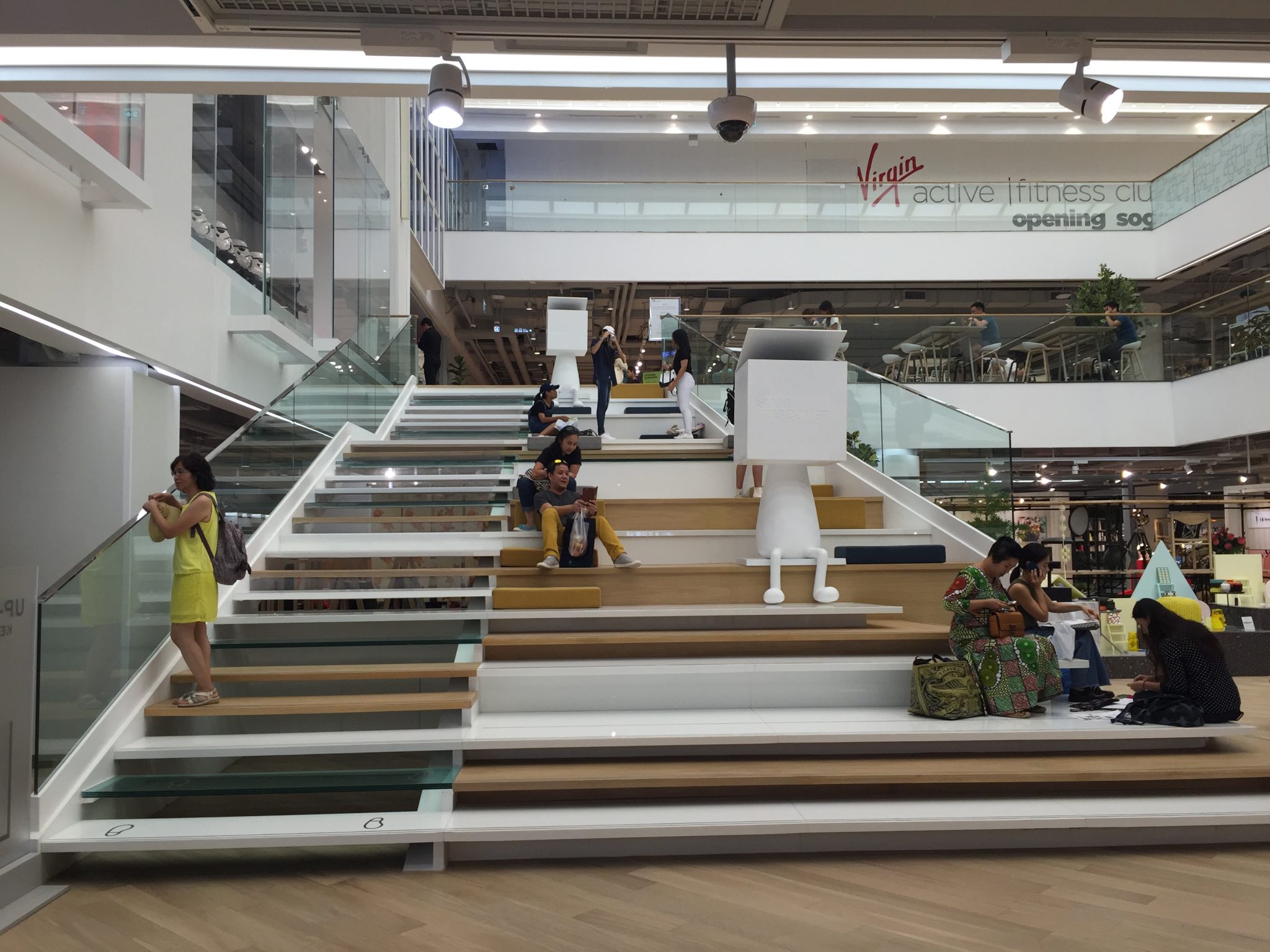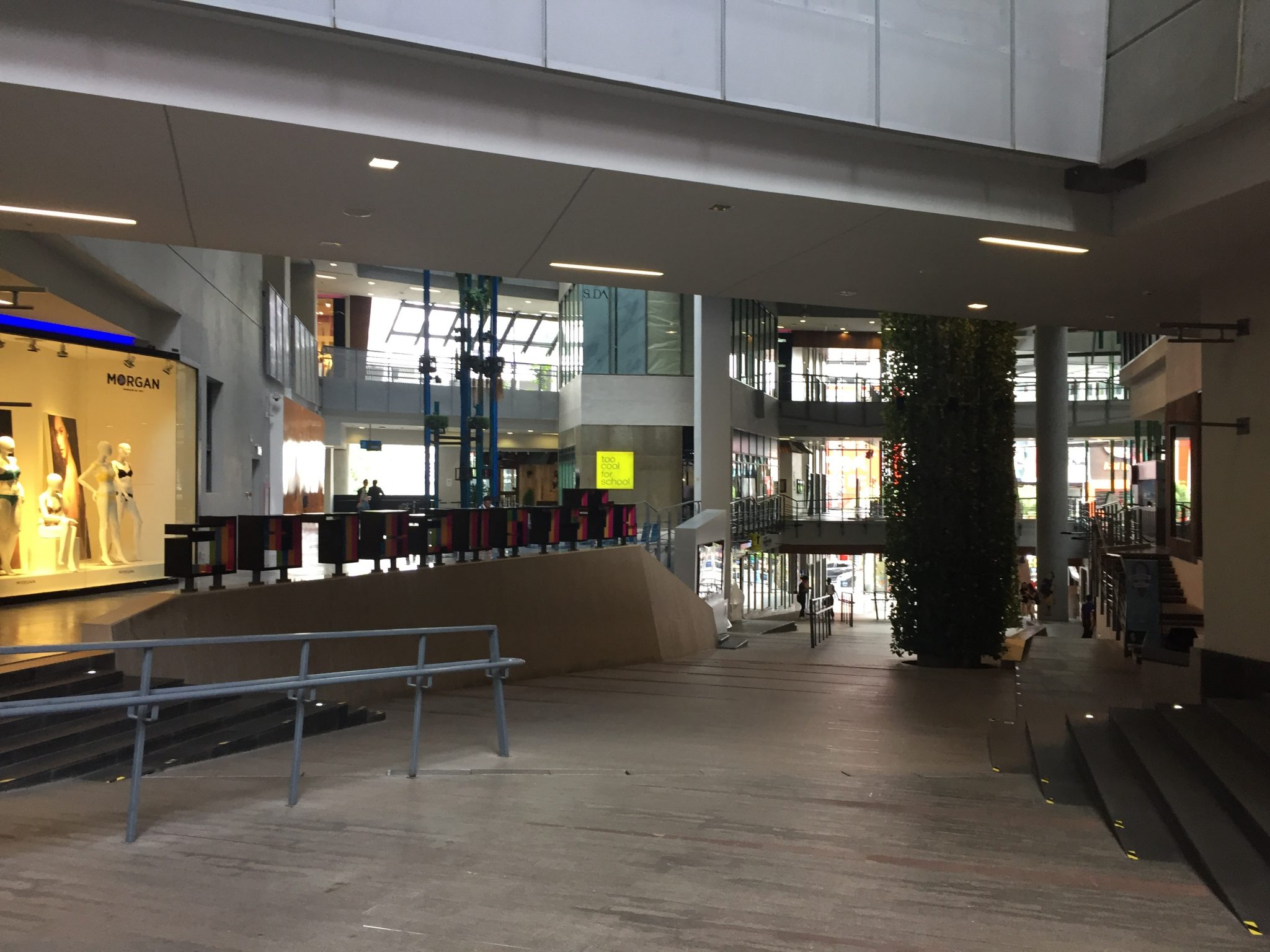圖/文:眼底城事編輯室
良好室內公共空間的需求
室內公共空間作為另類「廣場」提供大眾需求,有許多不同的形式:中庭、庭園、街區中間的拱廊、室內公園、有屋頂的人行道等。打造良好室內公共空間的元素有:
- 座位。可移動的椅子是室內公園的最佳選擇。在所有成功案例中,座位空間至少符合甚至超過相同面積戶外空間所能提供的座位總量,如每30平方英尺的開放空間中至少有一英尺的線性面積。然而,有一種趨勢是忽視牆緣和盆栽邊緣的潛力, 太多是無意中低於或高於需要的。
- 食物:每個成功的室內公共空間幾乎都提供食物。基本的組合式小吃與桌椅,有些地方甚至提供咖啡。
- 零售商店:商店吸引人流,創造活力。
- 洗手間:這個相對溫和的設施,對許多人的購物模式產生程度上的影響,特別是老年(編按:或親子)族群。
Needs for Successful Indoor Spaces
As an alternative to plazas builders have been turning into indoor spaces. There are many variants; atriums galleries, court-yards, through block arcades, indoor parks and covered pedestrian areas. The needs for these indoor spaces to be successful are:
- Sitting; moveable chairs are the best for indoor parks. In all successful cases the total amount of sitting space had met or exceeded the minimum recommended for outdoor spaces. One linear foot for every 30 square feet of open space. There is a tendency, however, to overlook the potential of ledges and planters. Too many are by inadvertence lower or higher than need be.
- Food; every successful indoor space provides food. The basic combination is snack bars and chairs and tables. Some places feature cafe operations as well.
- Retailing; shops are important for liveliness and the additional pedestrian flows they attract.
- Toilets; the facilities are modest, but their existence could have a considerable effect on the shopping patterns of many people, older ones especially.

